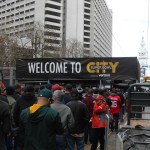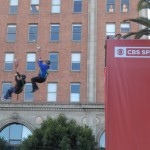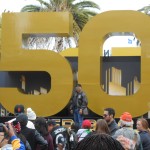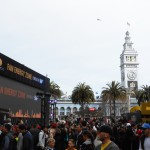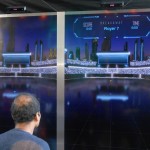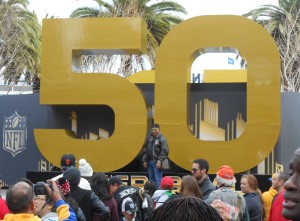
As with anything the NFL does nowadays, fan response to Super Bowl City appears to be off the charts. On Saturday, I arrived about an hour after it opened, and every concession and exhibit, including a zip line by the CBS pavilion, was already besieged by long lines. Fortunately, I was mostly interested in taking pictures. I expect the place to be even more crowded as the week progresses, when the out-of-town fans show up. Just another sign of the outsized footprint the NFL has on our society. I was in San Francisco in 2002 when the World Series came to town, and it was nothing like this.
Also just heard today that the autopsy of Ken Stabler, the recently-deceased quarterback from the famed and infamous 1970s Oakland Raiders, showed a severe case of CTE. Similar stories have come out with increasing frequency this past season, and even as I admired the scale of the NFL’s resources in showcasing itself, I did not forget that the whole enterprise depended on the willingness of men to step onto a field on any given Sunday and subject themselves to gruesome punishment. I’m not sure if retired Pittsburgh Steeler Antwan Randle El is correct in his prediction that the NFL may not be around in 20 years, but it seems all the more that the edifice of the NFL, grand and imposing as it may be, is ultimately built on sand.
